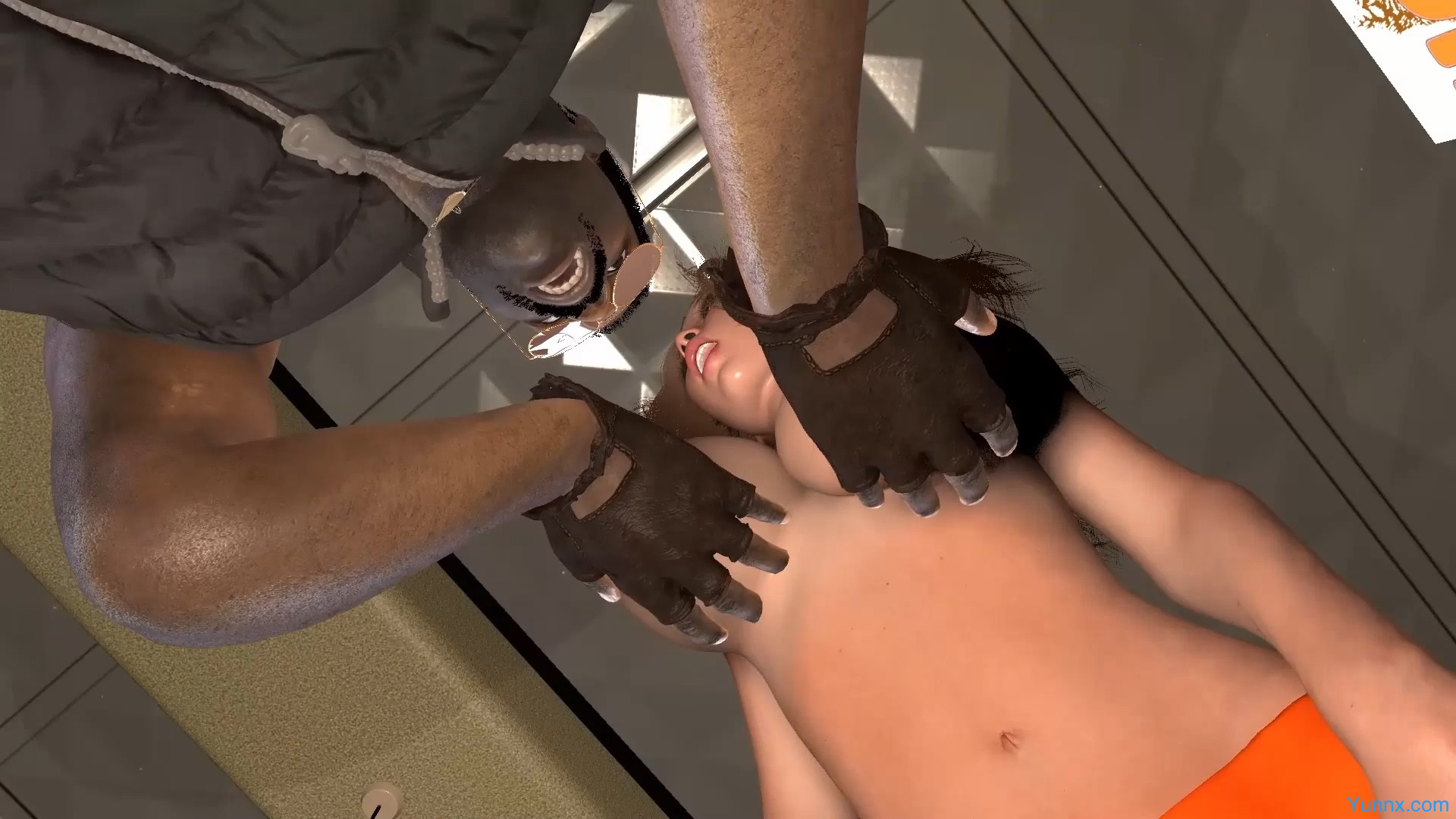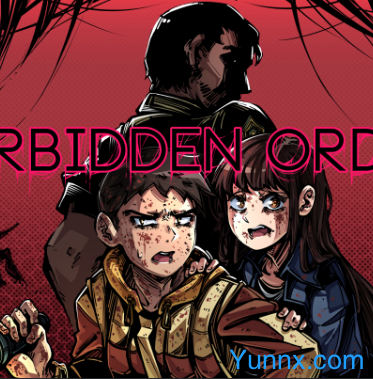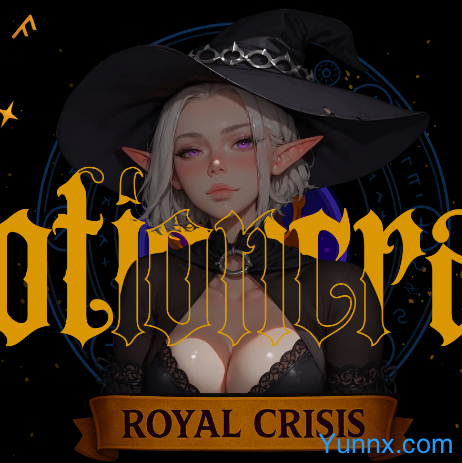Thot Life: Andrea's Descent offers a provocative narrative-driven experience where players guide Andrea—a charismatic yet conflicted woman—through life-altering choices. Navigate her transformation from relatable protagonist to hedonistic icon in a branching story shaped by moral compromises, social dynamics, and visceral mini-games. Will you preserve her humanity… or indulge in chaos?
Character-Driven Narrative Mechanics
1. Backstory Weaving – Unlock Andrea’s fragmented past through interactive flashbacks: childhood diaries reveal abandonment trauma, while nightclub encounters expose her craving for validation. Choices here permanently alter her "Self-Worth" stat, affecting later dialogue options.
2. Reputation Vortex System – Every public interaction (e.g., viral social media posts, bar fights) shifts her "Influence Matrix." High "Infamy" unlocks exclusive party invites but risks legal consequences; low visibility preserves relationships but limits resource gains.
3. Addiction Thresholds – Substance use temporarily boosts charisma during seduction minigames but degrades health bars. Overdoses trigger hospitalization sequences that reset key progress—forcing players to balance risk and reward.
Dynamic Social Simulation
1. Procedural NPC Networks – Andrea’s friends, enemies, and lovers develop interconnected agendas. A rejected admirer might leak compromising photos, while a loyal confidant could sabotage rival schemes. Relationships evolve based on location frequency and gift choices.
2. Situational Ethics Engine – Morality isn’t binary. Stealing a coworker’s promotion may fund life-saving therapy for Andrea’s sister—a dilemma where "villainy" scores empathy points. The game tracks 18 hidden alignment metrics influencing endings.
3. Real-Time Gossip System – NPCs dynamically discuss Andrea’s actions in cafes or group chats. Overhear rumors to preempt blackmail or exploit misinformation—a mechanic requiring strategic eavesdropping during free-roam segments.
Branching Endgame Architecture
1. 7 Final Pathways – Outcomes span redemption arcs (reconnecting with estranged family) to self-destructive triumphs (becoming a cult leader). The "Gilded Cage" ending locks Andrea in luxury as a billionaire’s trophy, blending victory with existential despair.
2. Butterfly Effect Logs – Review a timeline of critical decisions post-credits, highlighting how minor acts (helping a homeless artist in Chapter 2) catalyzed major plot twists (gallery heists in Chapter 8).
3. New Game+ Mutations – Subsequent playthroughs introduce "Corrupted Save" elements: Andrea’s default traits randomize, and key NPCs retain memories of prior timelines, demanding adaptive strategies.
Visual & Auditory Design
1. Neon-Noir Aesthetics – Daytime scenes use soft pastels to mask moral decay; nighttime environments drown in pulsating neons that sync with Andrea’s rising anxiety levels. Camera angles tilt progressively as her mental state fractures.
2. Diegetic Soundscapes – Nightclub basslines distort into tinnitus during withdrawal phases. Whispered NPC insults utilize binaural audio, requiring headphones to pinpoint gossip sources in crowded areas.
3. UI as Narrative Device – Health bars morph into barbed wire during toxic relationships; skill menus glitch when Andrea questions her identity, reflecting unstable psychology.



















